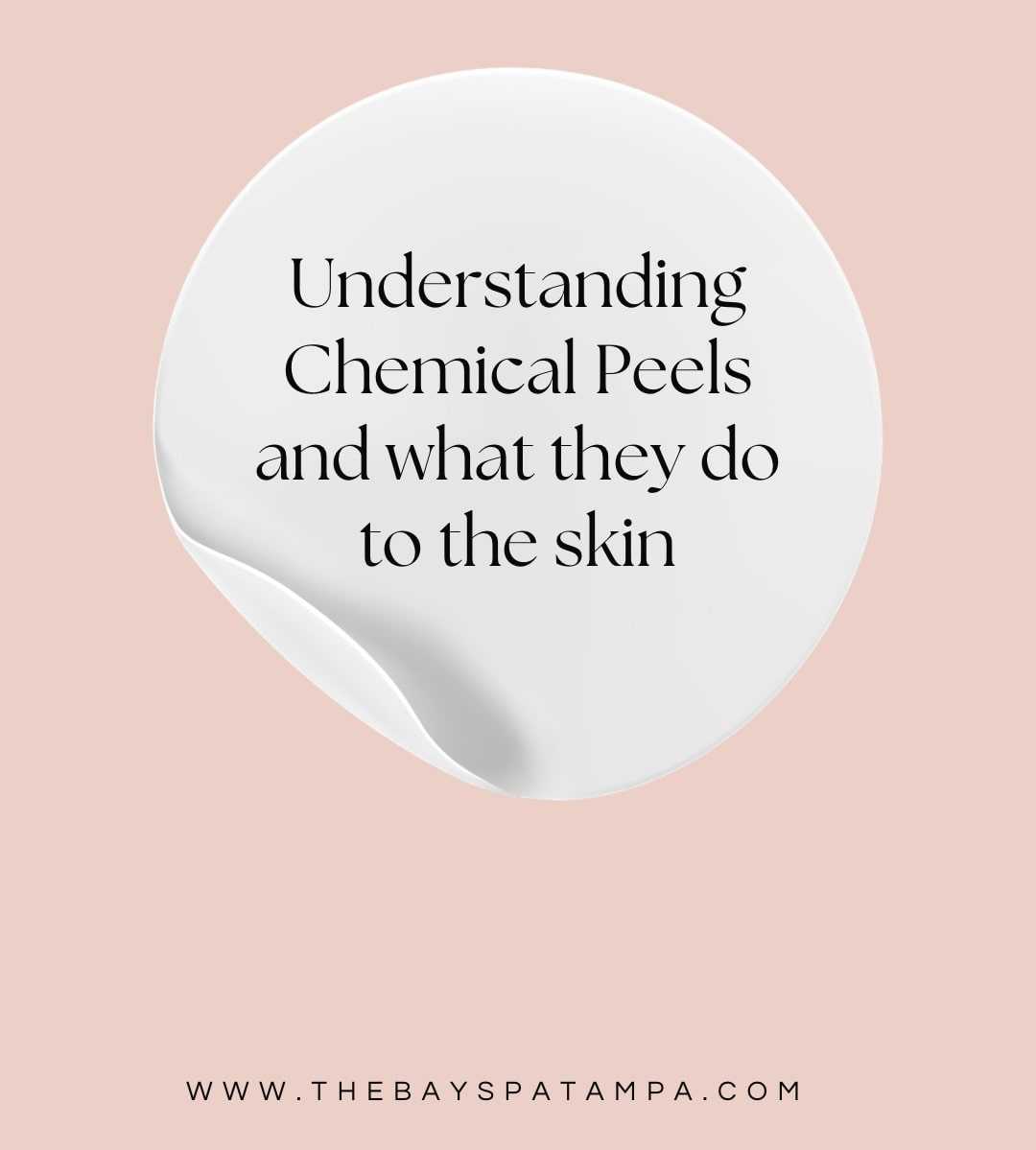Understanding Chemical Peels:
A chemical peel is a non-invasive cosmetic procedure that involves the application of a chemical solution to the skin, which helps exfoliate and rejuvenate its outer layers. This process stimulates cell turnover, resulting in a more youthful and radiant appearance. Chemical peels are highly customizable, allowing skincare professionals to tailor the treatment based on individual skin concerns, such as fine lines, wrinkles, acne scars, hyperpigmentation, and uneven skin tone.
Types of Chemical Peels:
Chemical peels can be classified into three main categories based on their depth of penetration: superficial, medium, and deep peels.
1. Superficial Peels: These peels are the mildest option, targeting the outermost layer of the skin (epidermis). They are typically made with alpha hydroxy acids (AHAs) like glycolic acid or beta hydroxy acids (BHAs) like salicylic acid. Superficial peels are effective in treating minor skin concerns like dullness, fine lines, and mild acne.
2. Medium Peels: Penetrating deeper into the skin, medium peels target both the epidermis and the upper layer of the dermis. They often contain trichloroacetic acid (TCA) or a combination of acids to address more moderate skin issues like pigmentation irregularities, deeper wrinkles, and acne scars.
3. Deep Peels: Deep peels reach the middle layer of the dermis, providing more significant results but requiring a longer recovery time. Phenol, a potent chemical agent, is commonly used for deep peels to address severe wrinkles, pronounced sun damage, and deep scars. Deep peels require careful consideration and are typically performed by experienced professionals.
The Chemical Peel Procedure:
Before undergoing a chemical peel, it is crucial to consult with a qualified skincare professional who will assess your skin type and concerns. Here's a general overview of the chemical peel procedure:
1. Cleansing: The treatment area is thoroughly cleansed to remove any dirt, oil, or makeup.
2. Prepping: Depending on the type of peel, the skin may be prepped with a pre-peel solution or anesthetic cream to enhance comfort during the procedure.
3. Application: The chemical solution is carefully applied to the skin using a brush or a cotton pad. The professional will monitor the application time to ensure optimal results and minimize any discomfort.
4. Neutralization: After the desired time, the chemical solution is neutralized or removed, stopping the exfoliating process.
5. Post-treatment Care: A soothing moisturizer and sunscreen are applied to protect and hydrate the skin. Your skincare professional will provide specific instructions on post-peel care, which may include avoiding excessive sun exposure and using gentle cleansers and moisturizers.
Benefits of Chemical Peels:
Chemical peels offer a wide array of benefits that make them a popular choice among individuals seeking skin rejuvenation. Some key advantages include:
1. Improved Skin Texture: Chemical peels help smoothen the skin's surface by reducing the appearance of fine lines, wrinkles, and acne scars.
2. Enhanced Radiance and Brightness: Chemical peels effectively remove dull and dead skin cells, allowing a vibrant and radiant complexion to emerge. By eliminating the buildup of dead skin cells, the skin appears brighter and more luminous.
3. Even Skin Tone and Pigmentation: Chemical peels can effectively address uneven skin tone, hyperpigmentation, and sunspots. The exfoliating properties of chemical peels help to fade dark spots and minimize the appearance of discoloration, resulting in a more even and uniform complexion.
4. Reduction of Acne and Acne Scarring: Chemical peels can be a valuable tool in the treatment of acne and post-inflammatory hyperpigmentation. They help unclog pores, reduce oil production, and promote skin renewal, leading to a reduction in acne breakouts and the fading of acne scars.
5. Minimization of Pore Size: Enlarged pores can be a common concern, particularly for individuals with oily or acne-prone skin. Chemical peels help to clean out the pores, removing debris and excess sebum, which can result in the reduction of pore size and a more refined appearance.
6. Increased Collagen Production: Certain chemical peels, particularly those with medium or deep penetration, stimulate collagen production in the skin. Collagen is a protein that provides structure and elasticity to the skin, contributing to a firmer and more youthful appearance.
7. Treatment of Sun Damage: Chemical peels can effectively address the signs of sun damage, such as sunspots, freckles, and uneven skin texture caused by prolonged sun exposure. By removing damaged skin cells, chemical peels can help restore a healthier and more youthful complexion.
8. Boosted Skincare Product Efficacy: By removing the outermost layer of dead skin cells, chemical peels enhance the absorption and efficacy of skincare products. After a peel, your skincare routine can deliver better results as the active ingredients penetrate deeper into the skin.
9. Minimal Downtime: Superficial and medium-depth chemical peels typically require little to no downtime, making them convenient for individuals with busy schedules. Deep peels may require a longer recovery period but can provide more dramatic results.
It's important to note that while chemical peels offer numerous benefits, they may not be suitable for everyone. It is essential to consult with a qualified skincare professional who can assess your skin type and concerns and recommend the most appropriate type and strength of peel for your specific needs. Additionally, it is crucial to follow post-peel instructions diligently to ensure proper healing and optimal results.
See you soon at The Bay Spa! Some of our facials even include chemical peels such as The Ultimate Facial!

